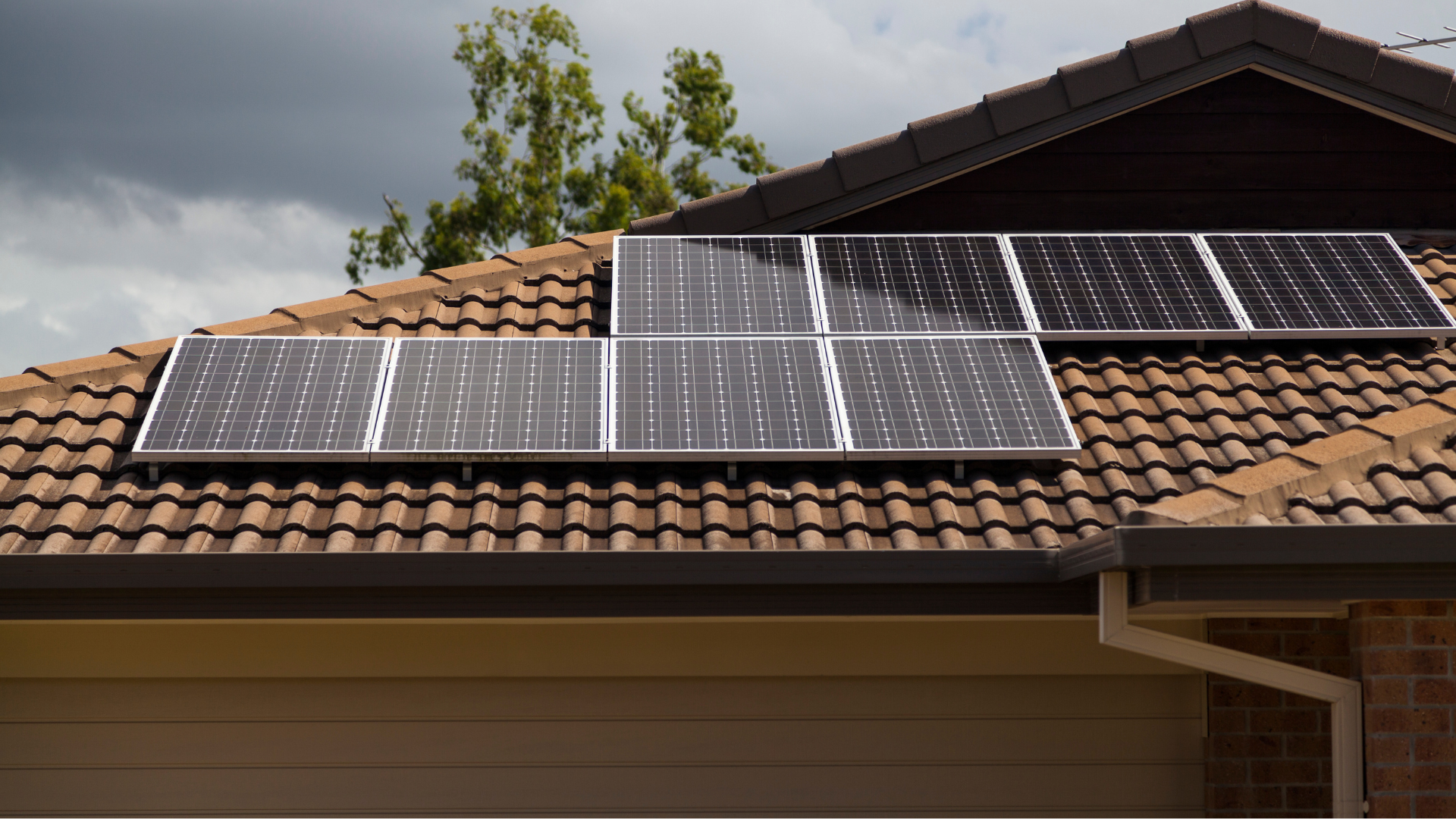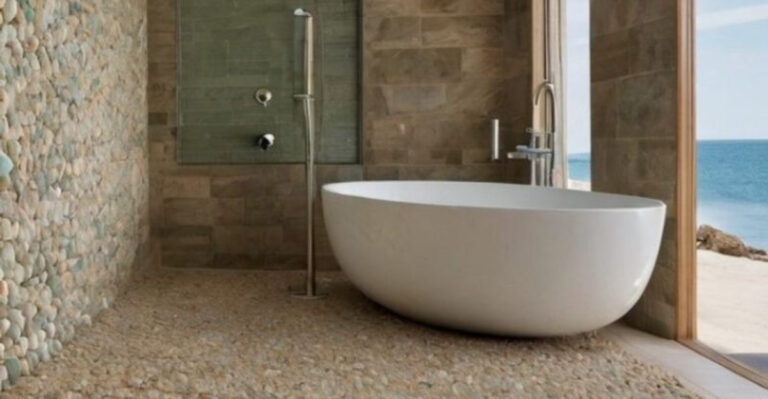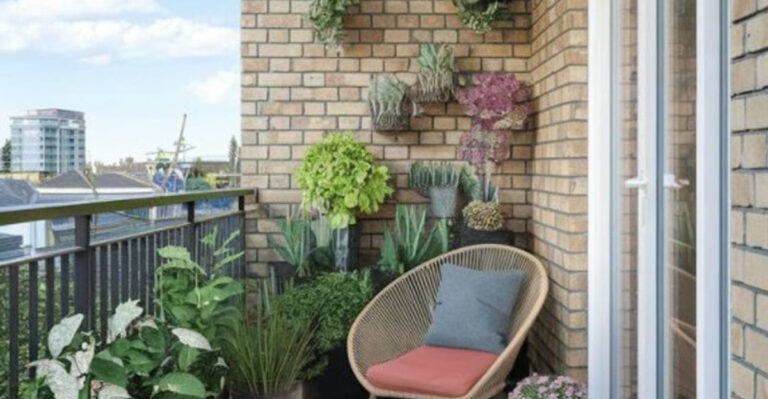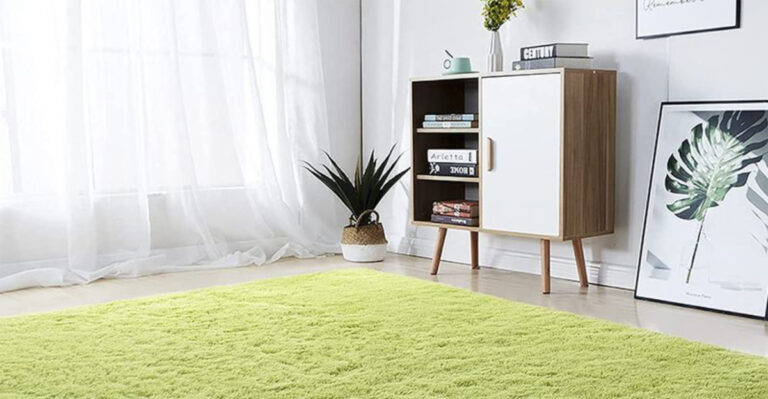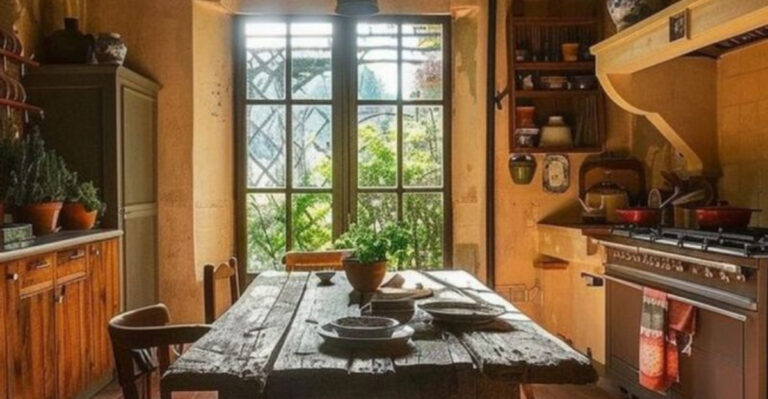18 Eco Features And Decor That Can Half Your Bills
Tired of sky-high utility bills eating up your hard-earned cash? Your home might be silently draining your wallet through outdated features and inefficient systems.
The good news is that eco-friendly upgrades don’t just help Mother Earth, but they seriously slash those monthly expenses.
From simple weekend projects to smart investments, these green changes can transform your home into a money-saving machine.
1. Smart Thermostats That Learn Your Habits
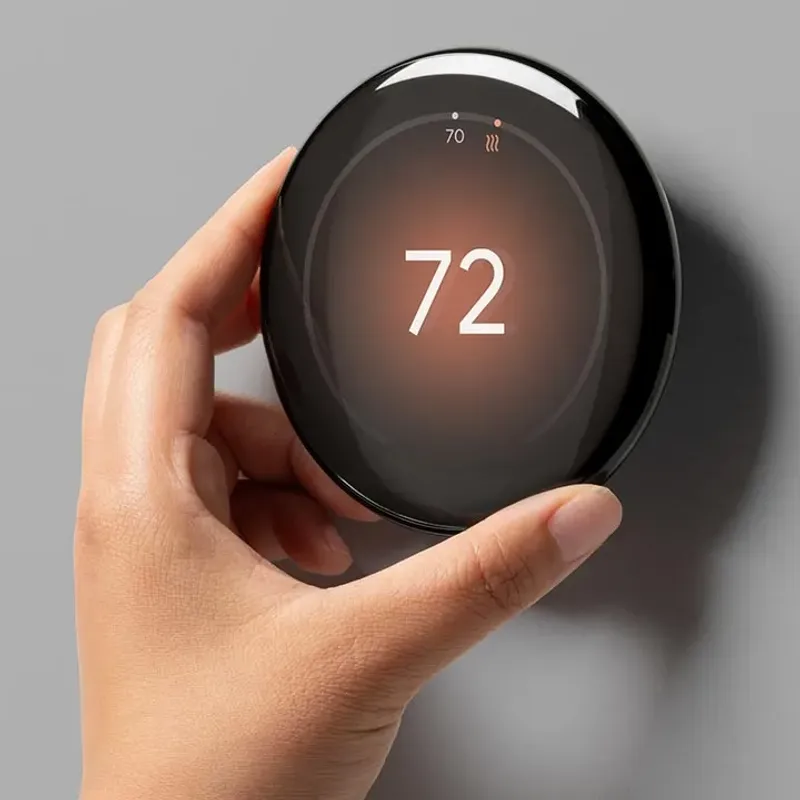
Forget about constantly fiddling with temperature controls! These brainy little gadgets memorize your schedule and preferences faster than your coffee shop remembers your usual order.
They automatically adjust heating and cooling when you’re away, potentially saving up to 26% on energy costs. Some models even use weather forecasts to optimize performance.
The coolest part? You can control everything from your smartphone while lounging on the beach during vacation.
2. Solar Panels: Your Roof’s Money-Making Makeover
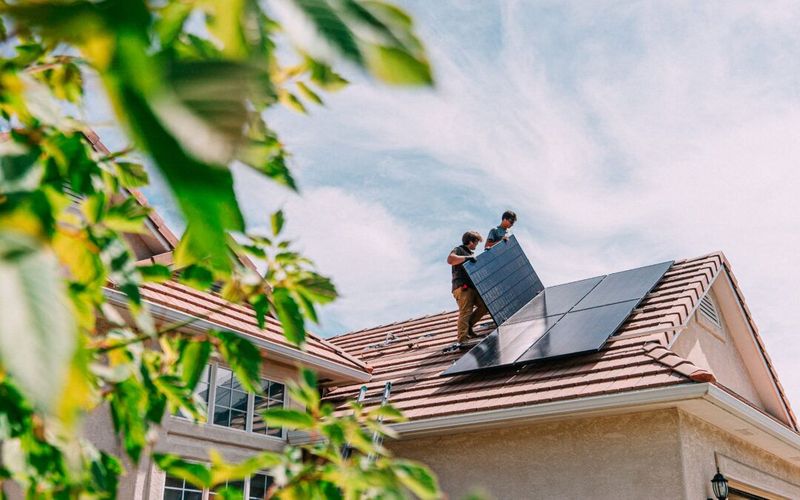
Though the upfront cost might make your wallet wince, solar panels are like hiring tiny workers who turn sunshine into cold, hard cash.
Federal tax credits can knock 30% off installation costs right away. Many homeowners see their electric bills shrink by 50-90% immediately. In some sunny states, excess power gets sold back to the grid!
Where else can you find an investment that pays for itself while increasing your property value by an average of 4%?
3. LED Lighting Revolution
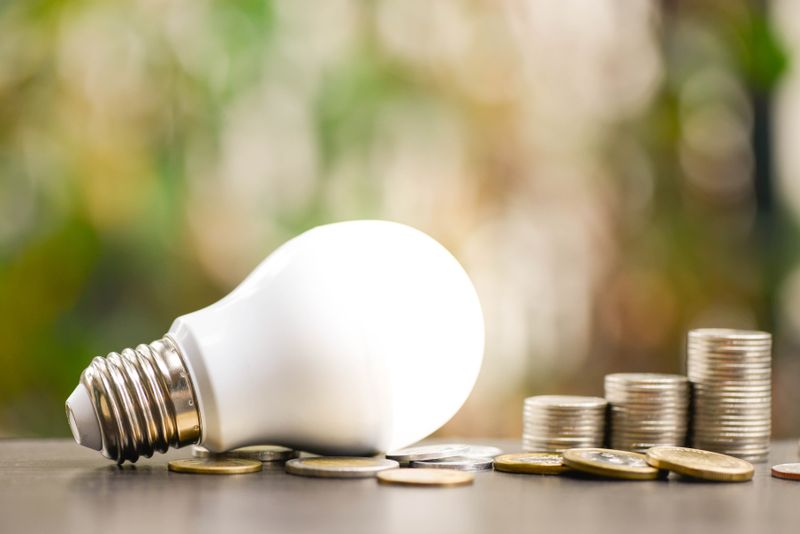
Remember those hot-to-the-touch bulbs that seemed to burn out exactly when you needed light most? LEDs have crashed that party for good.
Using a whopping 75% less energy than those old-school incandescents, these cool-to-touch wonders last up to 25 times longer. A typical home switching completely to LEDs saves about $225 annually on electric bills.
Some smart versions even change colors to match your mood or movie night vibes – try getting that feature from your grandma’s lamp!
4. Low-Flow Fixtures That Don’t Feel Low-Flow
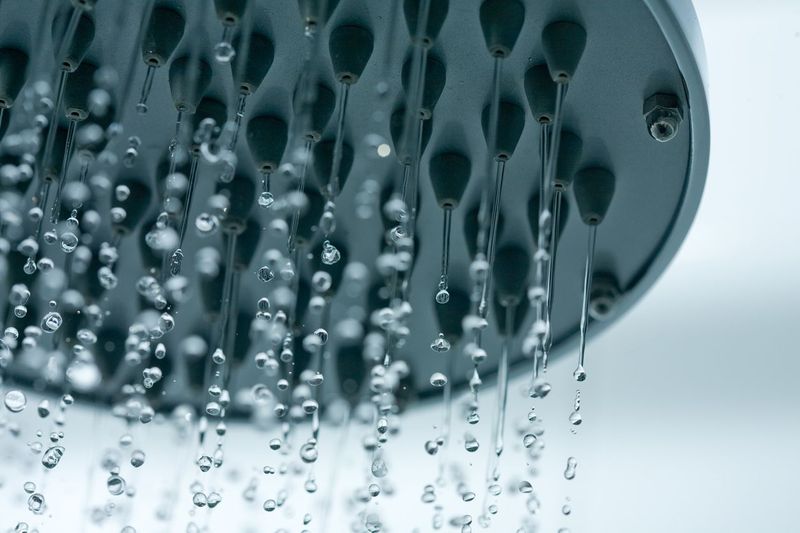
If you’re picturing sad, dribbly showers from the 1990s, think again! Modern low-flow fixtures are engineering marvels that mix air with water for satisfying pressure.
A family of four typically saves around 16,000 gallons annually just by switching showerheads. That’s enough water to fill a small swimming pool!
Installation takes about five minutes per fixture – possibly the highest dollars-saved-per-minute-of-effort ratio of any home improvement project ever invented.
5. Insulation: The Fluffy Stuff That Pays You Back
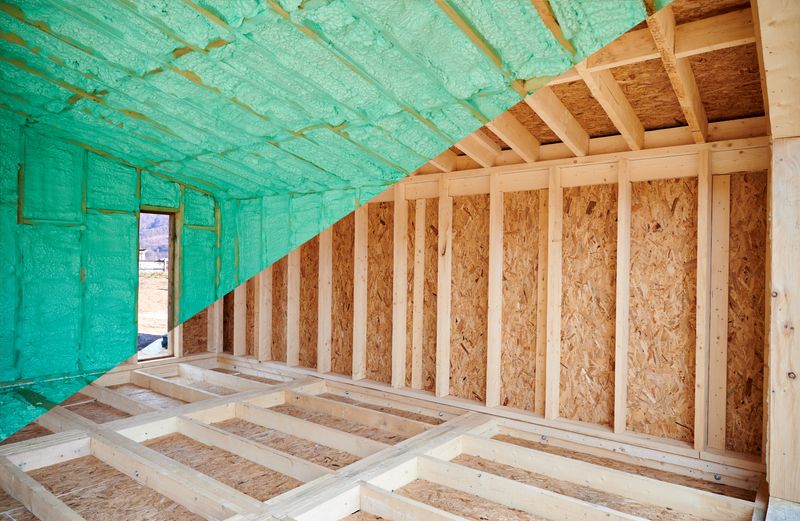
Hidden behind your walls, proper insulation works silently like a financial guardian angel. Most homes leak enough heated or cooled air to fill a blimp!
Sealing these invisible money drains can slash heating and cooling bills by 15-20%. The attic alone is responsible for up to 25% of your home’s energy loss.
There’s something deeply satisfying about knowing your house isn’t throwing your hard-earned cash into the neighborhood breeze just because some contractor got lazy in 1978.
6. Energy Star Appliances: The Label That Pays You
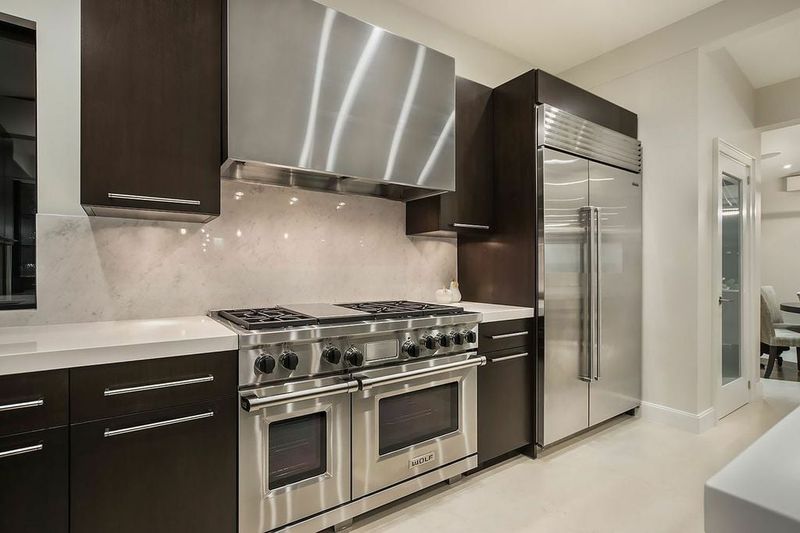
That little blue star isn’t just a pretty decoration – it’s basically a money printer disguised as a sticker. Modern Energy Star refrigerators use less electricity than a 60-watt light bulb did in the 1970s!
When replacing old energy hogs, expect to cut appliance energy use by 40-50%. The EPA estimates that if every American home used Energy Star appliances, we’d save $300 billion in utility costs.
Even better? Many utility companies offer instant rebates just for choosing these more efficient models.
7. Rainwater Harvesting Systems
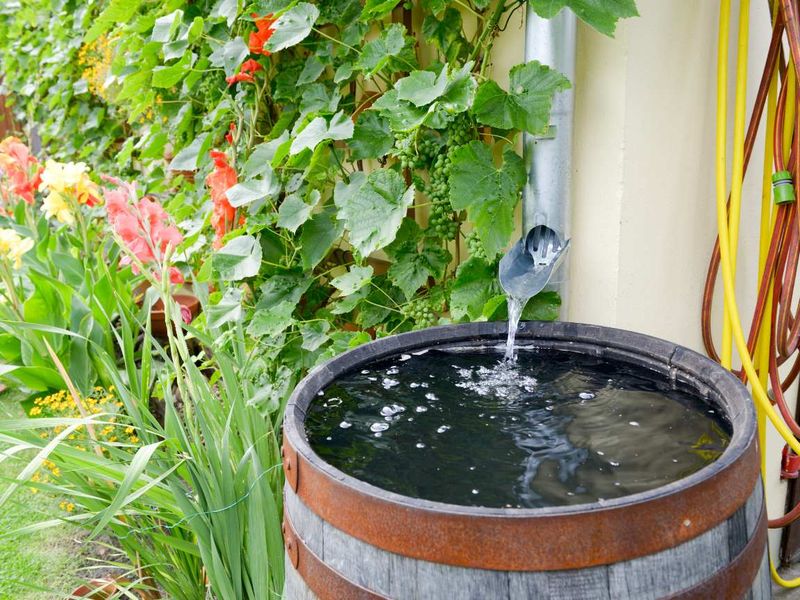
Why pay for water falling freely from the sky? Simple rain barrels can collect 1,300 gallons of free irrigation water during just one summer season in most climates.
Fancier systems can filter this liquid gold for toilet flushing or laundry use. Garden plants actually prefer rainwater to treated tap water because it lacks chlorine and other chemicals.
Some homeowners report water bill reductions of 30-50% after installation, which means these systems often pay for themselves within two seasons of regular use.
8. Smart Power Strips That Outsmart Energy Vampires
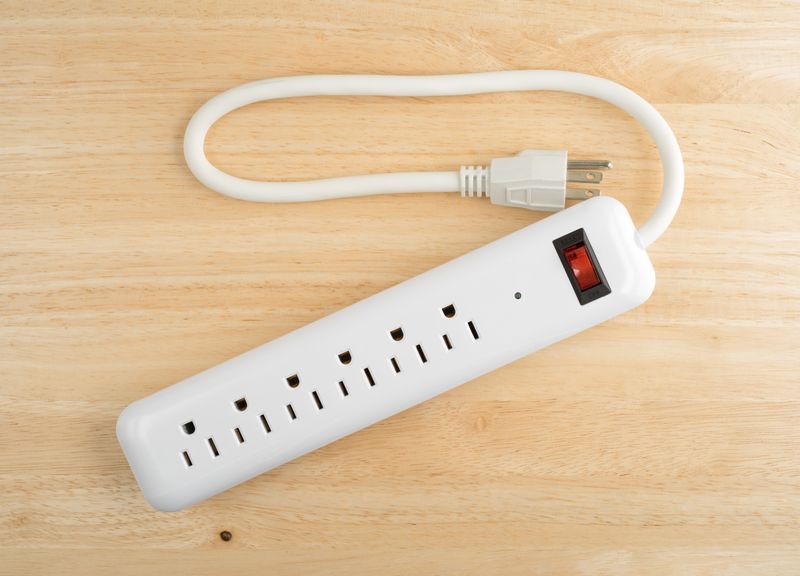
Those innocent-looking electronics? They’re secretly sucking money from your wallet even when turned “off.” The average home has 40+ devices silently drawing power 24/7.
Smart power strips detect when devices enter standby mode and cut power completely. This simple gadget can reduce your electricity bill by up to 10% without changing any habits.
At around $25 each, they pay for themselves faster than you can say “phantom power drain” – usually within just a few months of regular use.
9. Ceiling Fans: The Underrated Bill Slashers
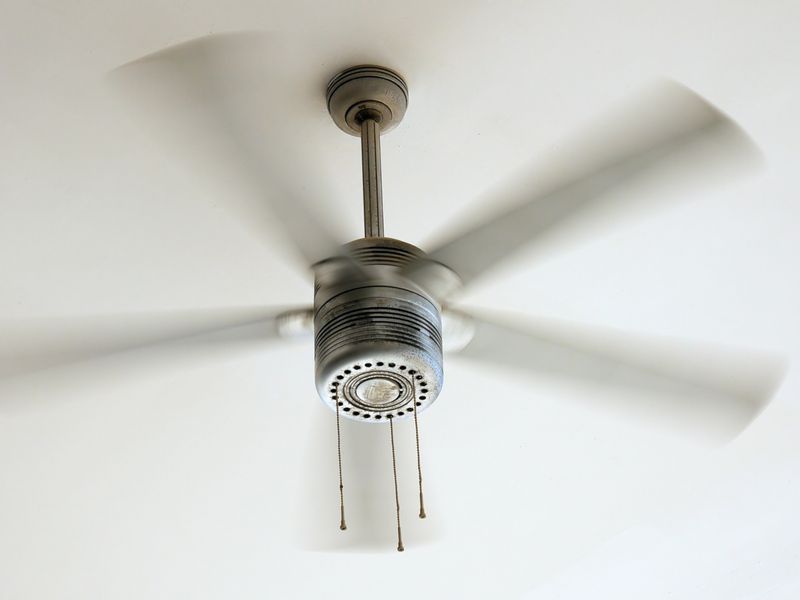
These spinning saviors allow you to raise your thermostat setting by 4°F with zero comfort loss. How? They create a wind-chill effect that makes you feel cooler without actually changing the temperature.
Remember that little switch on the side? In winter, reverse the blade direction to push warm air down from the ceiling. This simple trick can reduce heating costs by up to 15%.
Modern energy-efficient models use as little electricity as a 60-watt bulb while moving thousands of cubic feet of air per minute!
10. Window Treatments That Actually Work

Those flimsy curtains from the department store? They’re about as effective as tissue paper against energy loss. Strategic window coverings can slash heat gain by up to 77% and reduce heat loss by 40% in winter.
Cellular (honeycomb) shades create insulating air pockets. Reflective blinds bounce summer heat back outdoors.
Some newer smart options even automatically adjust throughout the day based on sunlight and temperature – like having a tiny, obsessive energy manager who never takes vacation days.
11. Energy-Efficient Windows: Clear Savings
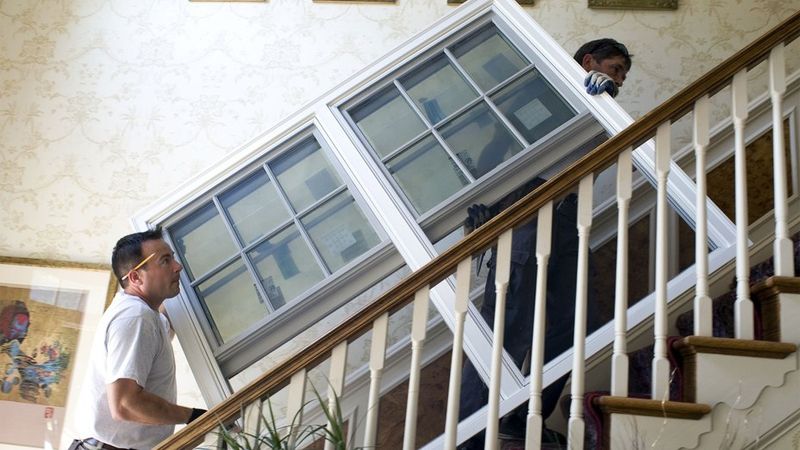
Looking through old windows is like watching money float away on the breeze. Single-pane windows leak enough energy to inflate your bills by 25%!
Modern double or triple-pane versions with low-E coatings act like a thermos for your home. They block summer heat while trapping winter warmth inside.
While not cheap upfront, Energy Star certified windows can reduce your energy bills by an average of 12% nationwide, with even bigger savings in extreme climates where your HVAC system works hardest.
12. Tankless Water Heaters: Hot Water On Demand
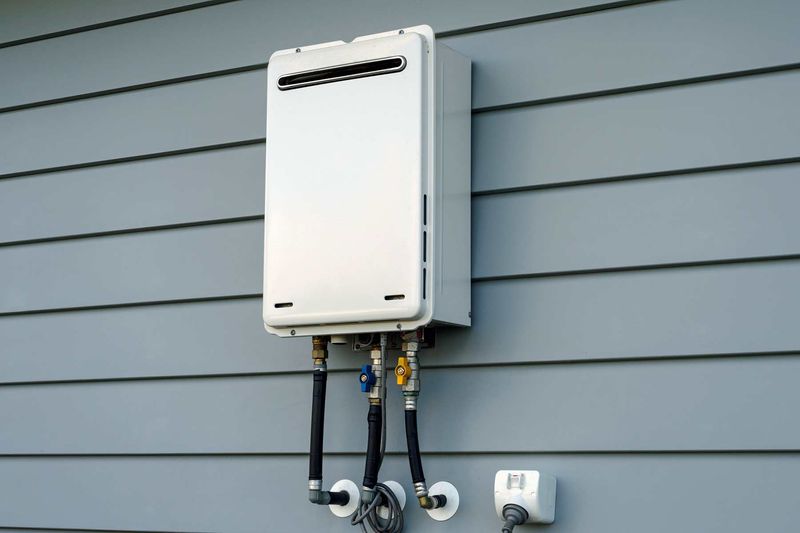
Keeping 50+ gallons of water hot 24/7 just in case you might want a shower? That’s like leaving your car running all day because you might need to drive somewhere!
Tankless systems heat water only when needed, cutting water heating bills by 30-40%. They also last nearly twice as long as traditional models – typically 20+ years versus 10-12 years.
As a bonus, you’ll never run out of hot water mid-shower again, even if you’re last in line after the entire soccer team.
13. Reflective Roofing: The Cool Choice
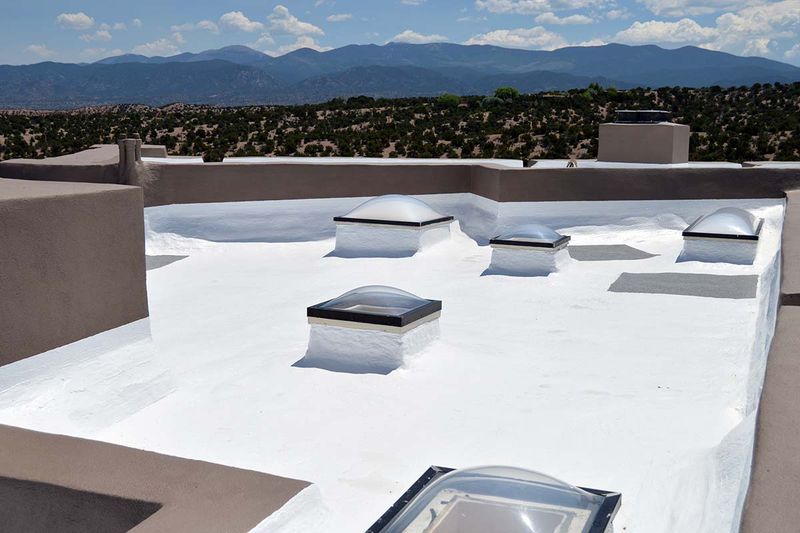
Dark roofs are basically giant heat magnets – some reach 150°F on sunny days! This heat transfers directly into your living space, forcing your AC to work overtime.
Reflective roofing materials bounce back up to 80% of solar radiation instead of absorbing it. Homeowners in hot climates report cooling cost reductions of 15-25% after installation.
The Department of Energy confirms that cool roofs can lower peak cooling demands by 10-15%, which means your AC might even last longer before needing replacement.
14. Indoor Plants: Nature’s Air Purifiers

Those leafy roommates aren’t just pretty faces – they’re working hard for their spot in your home! Strategic placement of plants can reduce indoor air pollutants by up to 87% in just 24 hours.
Cleaner air means your HVAC filters stay cleaner longer. Large plants placed near sunny windows provide natural shade, reducing cooling needs.
Some species, like snake plants and peace lilies, release moisture at night – acting as natural humidifiers in dry winter months when heating systems typically dry out your air and skin.
15. Composting Systems: Turning Waste Into Wealth
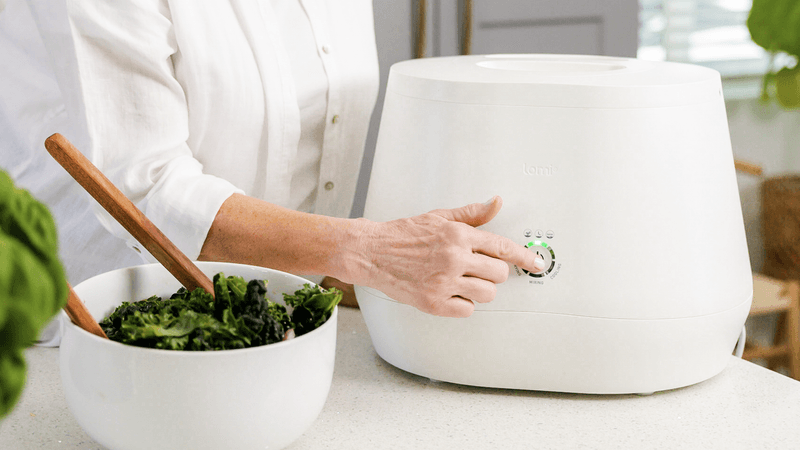
Those banana peels and coffee grounds you’re tossing? They’re garden gold in disguise! Home composting diverts up to 30% of household waste from landfills.
Many municipalities charge for trash by weight or volume – composting can shrink your garbage bill immediately. The resulting rich soil amendment saves you $20-30 per bag compared to store-bought options.
Modern indoor composting systems use beneficial microbes to eliminate odors completely, making this eco-hack apartment-friendly and practically effort-free compared to traditional methods.
16. Dual-Flush Toilets: Smart Flushing
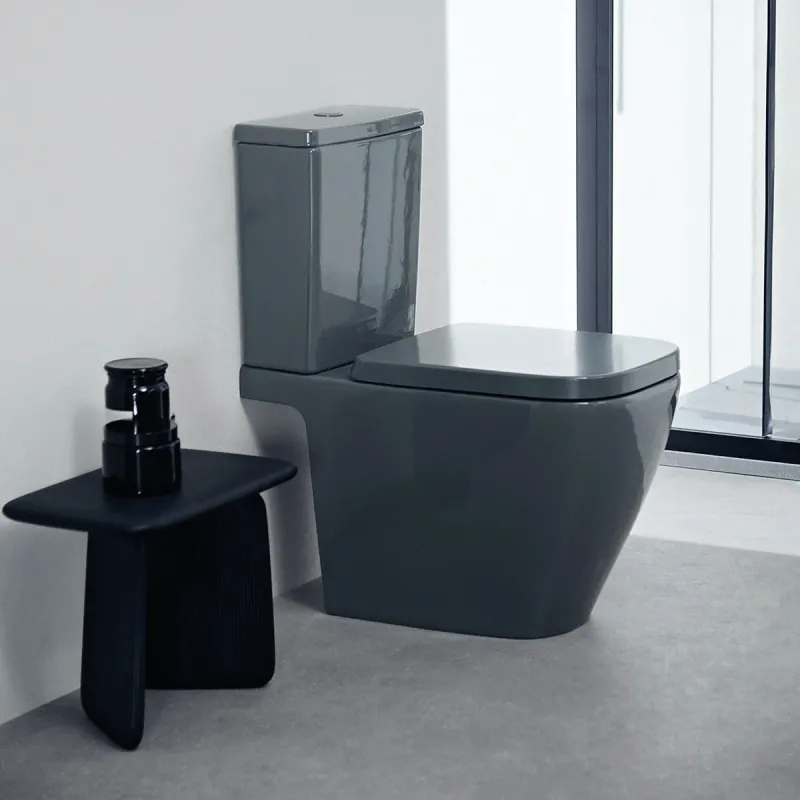
Half the water for… well, you know what! These clever thrones use different flush volumes depending on what needs disposing.
Considering toilets account for nearly 30% of indoor water use, dual-flush models can reduce water consumption by 50-70% compared to older models. A family of four typically saves around 20,000 gallons annually.
You’ll barely notice the difference in function, but your water bill will immediately reflect the change – usually dropping by 10-15% overall just from this single upgrade.
17. Clotheslines: Free Drying Power
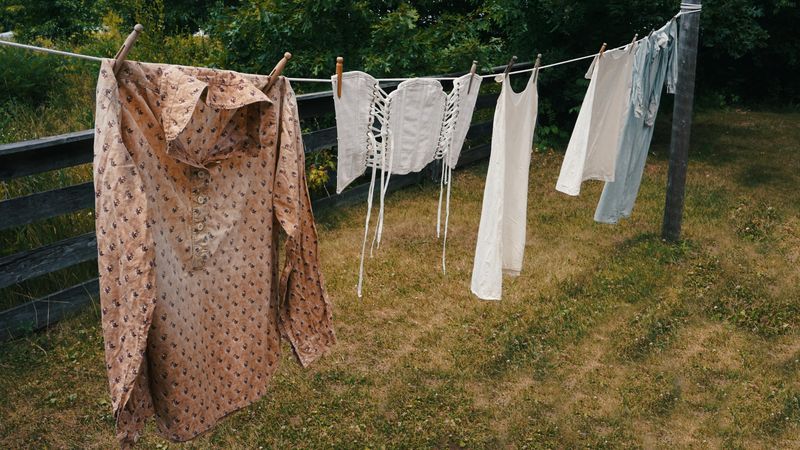
Sometimes the oldest solutions are still the best! Your clothes dryer munches electricity like a teenager raids the fridge – it’s typically the second-highest energy consumer after your refrigerator.
Line-drying eliminates this energy hog completely. Bonus: sunlight naturally disinfects and whitens fabrics without harsh chemicals.
For those worried about stiffness, try five minutes in the dryer after line-drying or adding a half-cup of vinegar to your wash cycle – your clothes (and wallet) will thank you!
18. Eco-Friendly Landscaping
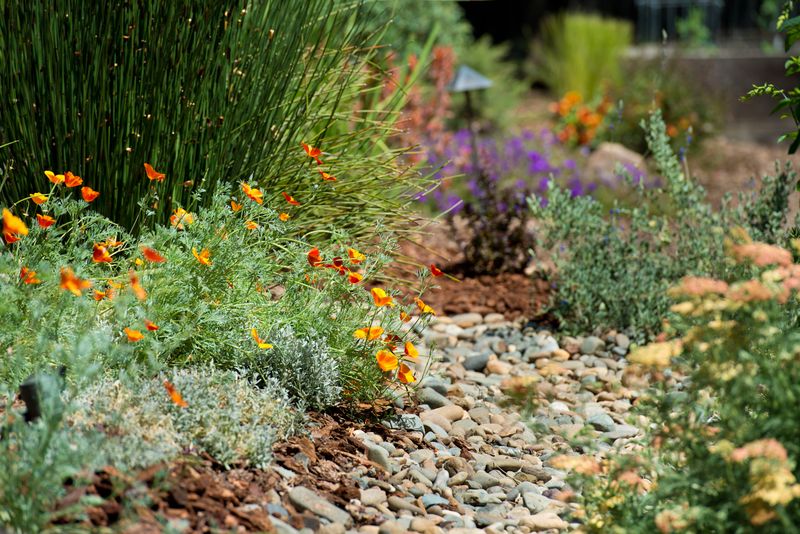
That perfect green lawn? It’s basically a water-guzzling, chemical-hungry monster! Native plants adapted to your region naturally require 60-90% less water and maintenance than conventional landscaping.
Strategic tree placement provides natural cooling in summer and windbreaks in winter. The EPA estimates proper landscaping can reduce cooling bills by 15-50%.
Bonus: native gardens attract pollinators and birds that naturally control pests, eliminating the need for expensive (and harmful) chemical treatments that drain both your wallet and the environment.

